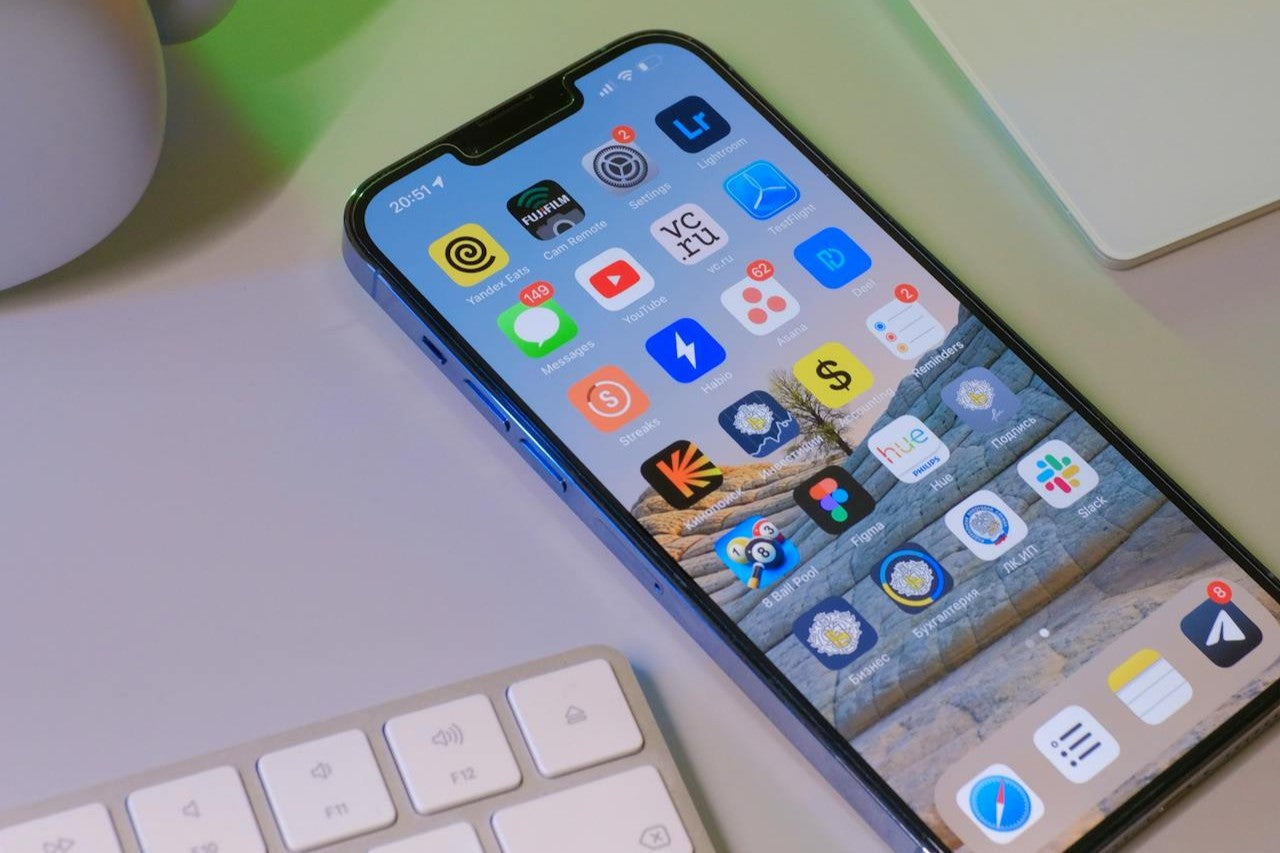When an iPhone stops working after an iOS update, it can be incredibly frustrating, especially when you're expecting improvements and instead run into problems like a black screen, being stuck on the white Apple logo, or frozen on the iTunes logo. As repair experts, we’ve helped countless customers deal with this exact issue. In this blog, we’ll explain the likely causes and provide the best ways to fix an iPhone that’s not working after an update.
Why isn’t my iPhone working after an update?
It’s not unusual for iPhones to malfunction following an update. Whether it's a glitch, corrupted firmware, or hardware failure, we've seen it all. Even users still on iOS 10 or 11 are more likely to face these issues today. Let's look at what might be causing the trouble and how you can get things working again.
Common Reasons iPhones Fail Post-Update
⚡ Dead Battery
Before panicking, always check your iPhone has some battery. If your screen stays black and unresponsive, it could simply be drained. Plug it in for at least 30 minutes before trying anything else.
🛠 iOS Crash
Sometimes iOS crashes right after updating. A soft reset can often revive it. Just hold the power button and home button (or volume down if there's no home button) until you see the Apple logo.
⚙️ Corrupted Firmware
If your iPhone is stuck on the Apple logo during startup, the firmware might be corrupted. This requires a restore through iTunes or Finder. We always recommend having a recent backup before trying this method.
💥 Hardware Faults
If you’ve tried charging, restarting, and even restoring your iPhone and it’s still not turning on, it could be a hardware issue. Don’t go to Apple or a random shop, come to us at Imfixed. Our skilled technicians can quickly diagnose and fix hardware problems like screen, battery or logic board failures.
Steps to Fix an iPhone Not Working After an Update
Here’s a step-by-step breakdown of what we do (and what you can try) when an iPhone plays up after an update:
1. Force Restart Your iPhone
A forced restart helps refresh the system without wiping data. It’s a simple way to fix unresponsive screens or random glitches.
2. Update or Reinstall Problematic Apps
If certain apps are misbehaving, open the App Store and check for updates. If the issue continues, delete and reinstall the app to remove any corrupted files.
3. Reset All Settings
This reverts all system settings to default (without deleting your data). Go to Settings > General > Transfer or Reset iPhone > Reset > Reset All Settings. Just make sure you've backed up Wi-Fi passwords and personalised settings.
4. Restore via iTunes or Finder
Connect your iPhone to a Mac or PC, open iTunes (or Finder on newer Macs), and choose the Restore iPhone option. This will erase everything and install the latest iOS. Back up first!
5. Reset Network Settings
Connectivity issues with Wi-Fi or mobile data post-update? Head to Settings > General > Reset > Reset Network Settings. This fixes corrupt configurations, but remember, it’ll wipe saved Wi-Fi passwords.
6. Manage Battery Settings
Updates sometimes affect battery performance. Go to Settings > Battery > Battery Usage to spot power-hungry apps. Disable Background App Refresh and Push Notifications for better battery life.
7. Recalibrate Your Battery
Let your battery fully charge to 100%, then drain it completely. Afterwards, charge it back to full without interruption. This helps the iPhone display battery levels more accurately.
8. Free Up Storage
Low storage space can slow your device. Visit Settings > General > iPhone Storage and remove unnecessary apps or enable Offload Unused Apps. Freeing up space often helps post-update performance.
Still Not Working? Let Us Help

If you've tried everything and your iPhone still refuses to cooperate, don’t waste time booking a Genius Bar appointment. Bring it to us at Imfixed. We offer expert iPhone repair in-store and via mail-in. From screen repairs to battery replacements, we’ll sort your device quickly and affordably.
Backup Your iPhone Before a Reset
If your iPhone still functions enough to allow it, always back up your data before attempting a full reset. Here’s how:
- Connect to Wi-Fi
- Open Settings > [Your Name] > iCloud > iCloud Backup
- Tap Back Up Now
To confirm the backup: Settings > [Your Name] > iCloud > Manage Storage > Backups
If your phone won’t allow a backup or reset, we can handle the repair and help save your data too.
Final Thoughts
We know how stressful it is when your iPhone stops working after an update. But whether it’s a quick fix or a more complex hardware fault, you’ve got plenty of solutions to explore. If you're unsure or need help, leave it to us at Imfixed, your trusted tech repair experts.
Don't let iOS updates get in the way of your day. Pop into our shop or book a repair online today.
FAQs
Why is my iPhone not working even after updating?
It could be due to software glitches, hardware faults, or incompatible apps.
Can a reset fix my iPhone after an update?
Yes, a soft reset or resetting all settings often resolves update-related issues.
What if apps crash after an update?
Update or reinstall the app via the App Store to remove bugs and corrupted data.
Why is my Wi-Fi not working after the update?
Try resetting network settings. If that doesn’t work, we can help diagnose the issue.
Should I take my iPhone to Apple for repair?
Not necessarily. At Imfixed, we offer reliable, expert repairs often at better prices.



Share:
How to Reset iPad?
My iPhone wont recognise my Sim Card - How to Fix?